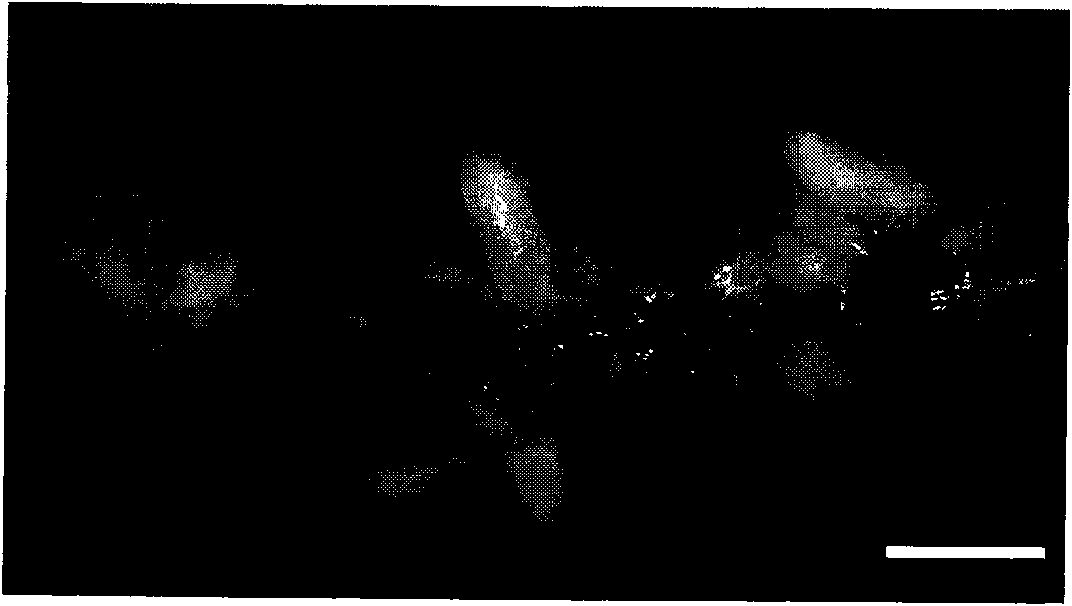Method for rapidly propagating aralia elata through somatic embryo and secondary somatic embryogenesis
A technique of multiplying Aralia japonica and somatic embryos, applied in the field of agricultural biology, can solve the problems of low variability, cumbersome regeneration process, and large variability
- Summary
- Abstract
- Description
- Claims
- Application Information
AI Technical Summary
Problems solved by technology
Method used
Image
Examples
example 1
[0024] Example 1 Induction of Somatic Embryogenesis of Aralia longya and Regeneration of its Plants
[0025] 1) Material source and lamination treatment
[0026] The seeds of Aralia longya were collected from the seed garden of Heilongjiang Forestry Diversification Research Institute (Mudanjiang City). Because the zygotic embryos in the mature fruits of Aralia longya have not matured, there is dormancy in seed germination. To break the dormancy, post-ripening treatment of zygotic embryos must be carried out. The treatment method we use is stratification treatment, that is, the seeds are mixed with wet sand after a simple disinfection treatment, and placed in a refrigerator at 4°C.
[0027] 2) Obtaining sterile seedlings
[0028] After 4 months of seed stratification, select the pod-opened seeds with mature zygotic embryos, take out the zygotic embryos after routine disinfection in the ultra-clean workbench, and inoculate them in the 1 / 2 MS medium prepared in advance to germi...
example 3
[0037] Example 3 Induction of Secondary Somatic Embryogenesis and Plant Regeneration
[0038] 1) Induction of secondary somatic embryos
[0039] Select somatic embryos with a length of about 1 cm, inoculate them in SH medium containing different concentrations of sucrose (1-7%), and SH medium containing different concentrations (0.2-3.0 mg / L) of IBA and 2% sucrose Induction of secondary somatic embryos. Each treatment contained 5 Petri dishes inoculated with 12 explants per Petri dish. Dark culture conditions.
[0040] After 4 weeks, the statistical results (see the table below) showed that IBA could promote the formation of secondary somatic embryos more than sucrose, and its optimal concentration was 3.0 mg / L.
[0041] Effects of Sucrose and IBA on Secondary Somatic Embryogenesis
[0042]
[0043] 2) Secondary somatic embryo formation and observation
[0044] During the formation of secondary somatic embryos, somatic embryos at different developmental stages could be...
PUM
| Property | Measurement | Unit |
|---|---|---|
| Length | aaaaa | aaaaa |
Abstract
Description
Claims
Application Information
 Login to View More
Login to View More - R&D
- Intellectual Property
- Life Sciences
- Materials
- Tech Scout
- Unparalleled Data Quality
- Higher Quality Content
- 60% Fewer Hallucinations
Browse by: Latest US Patents, China's latest patents, Technical Efficacy Thesaurus, Application Domain, Technology Topic, Popular Technical Reports.
© 2025 PatSnap. All rights reserved.Legal|Privacy policy|Modern Slavery Act Transparency Statement|Sitemap|About US| Contact US: help@patsnap.com



